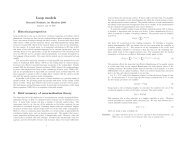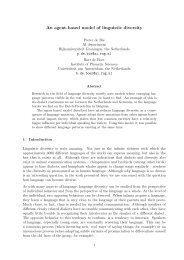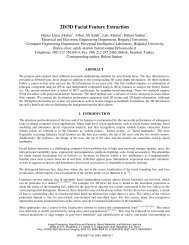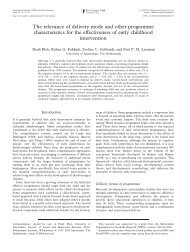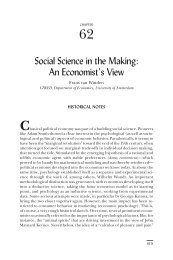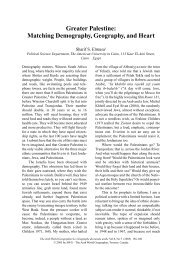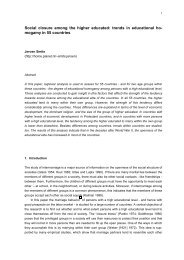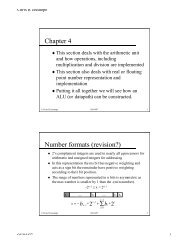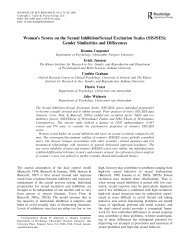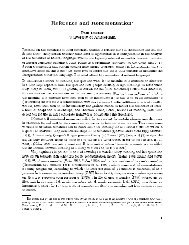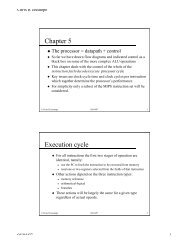Local Bank Financial Constraints and Firm Access to External Finance
Local Bank Financial Constraints and Firm Access to External Finance
Local Bank Financial Constraints and Firm Access to External Finance
You also want an ePaper? Increase the reach of your titles
YUMPU automatically turns print PDFs into web optimized ePapers that Google loves.
neither more likely <strong>to</strong> default nor more likely <strong>to</strong> default earlier than loans issued in otherperiods.Using interest revenue data from bank income statements I repeat the estimation of theprevious subsection using as dependent variable a measure of bank interest revenues or profitsscaled by the amount of loans outst<strong>and</strong>ing of bank i at month t.Interest Revenue it /Loans it = α i + α t + γ( lnF it – lnF it-1 ) + ω it(IV-5)The coefficient of interest, γ, measures the change in interest revenue per dollar of lendingduring credit supply expansions. The estimated coefficient is small <strong>and</strong> statisticallyindistinguishable from zero (column 3 of Table VI), which indicates that there is no change ininterest revenue per dollar of loan during credit expansions. Together with the result on defaultrates, the evidence indicates that the marginal profitability of loans did not decline during creditexpansions. This is inconsistent with the free cash flows hypothesis, where constraints are inplace <strong>to</strong> prevent bank management from undertaking unprofitable investments.Focusing on risk <strong>and</strong> interest revenue proxies can potentially underestimate the true effect ofthe lending expansion on profitability, especially for new borrowers. In Petersen <strong>and</strong> Rajan(1995) banks may accept short term losses when lending <strong>to</strong> new borrowers in order <strong>to</strong> obtaininformational rents later in the relationship. Such underestimation is not a concern for thepurposes of this paper because it reinforces the argument that the profitability of lending didnot decline during lending expansions. Still, I verify that the above results hold in the subsampleof borrowers with a pre-existing relationship with the bank, among which the bias is less likely(Panel 2 of Table VI). The results are confirmed: marginal loans <strong>to</strong> existing bank borrowersissued during lending expansions are not more likely <strong>to</strong> default.30



